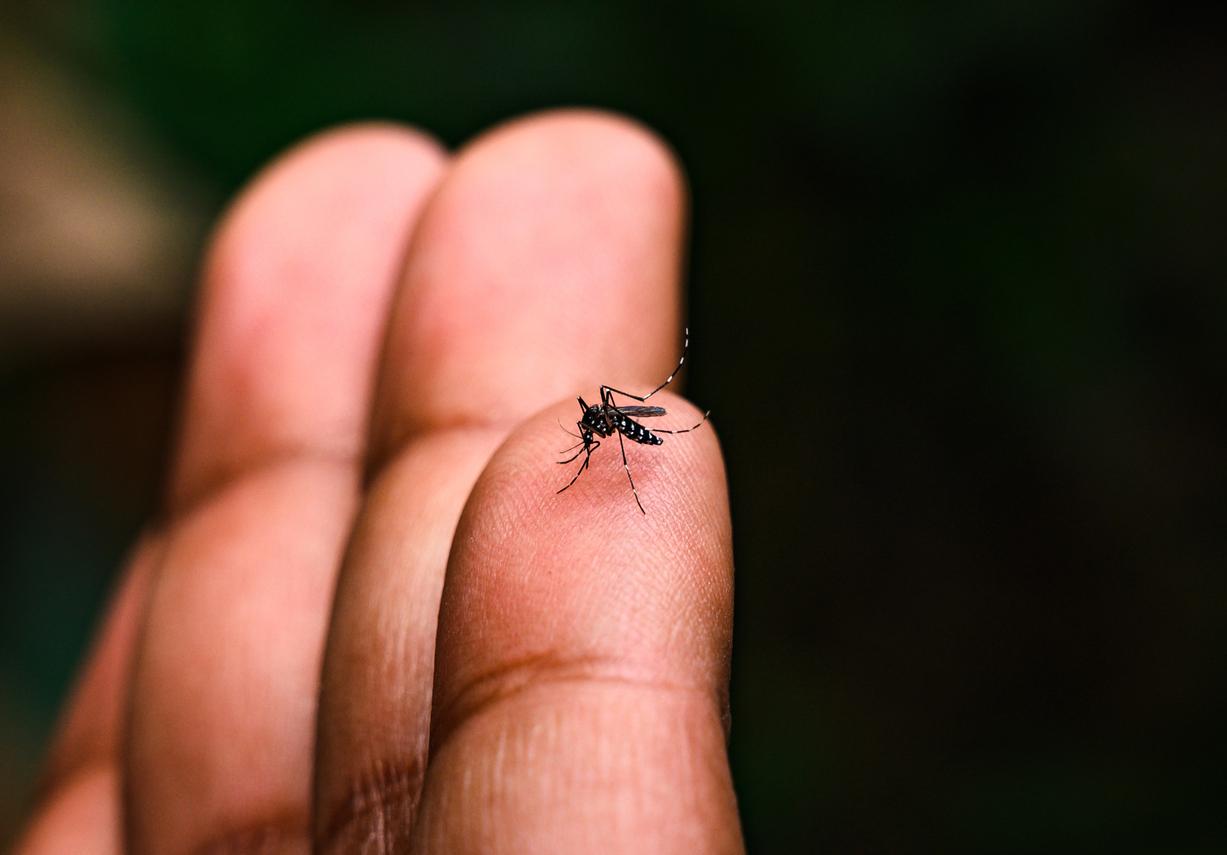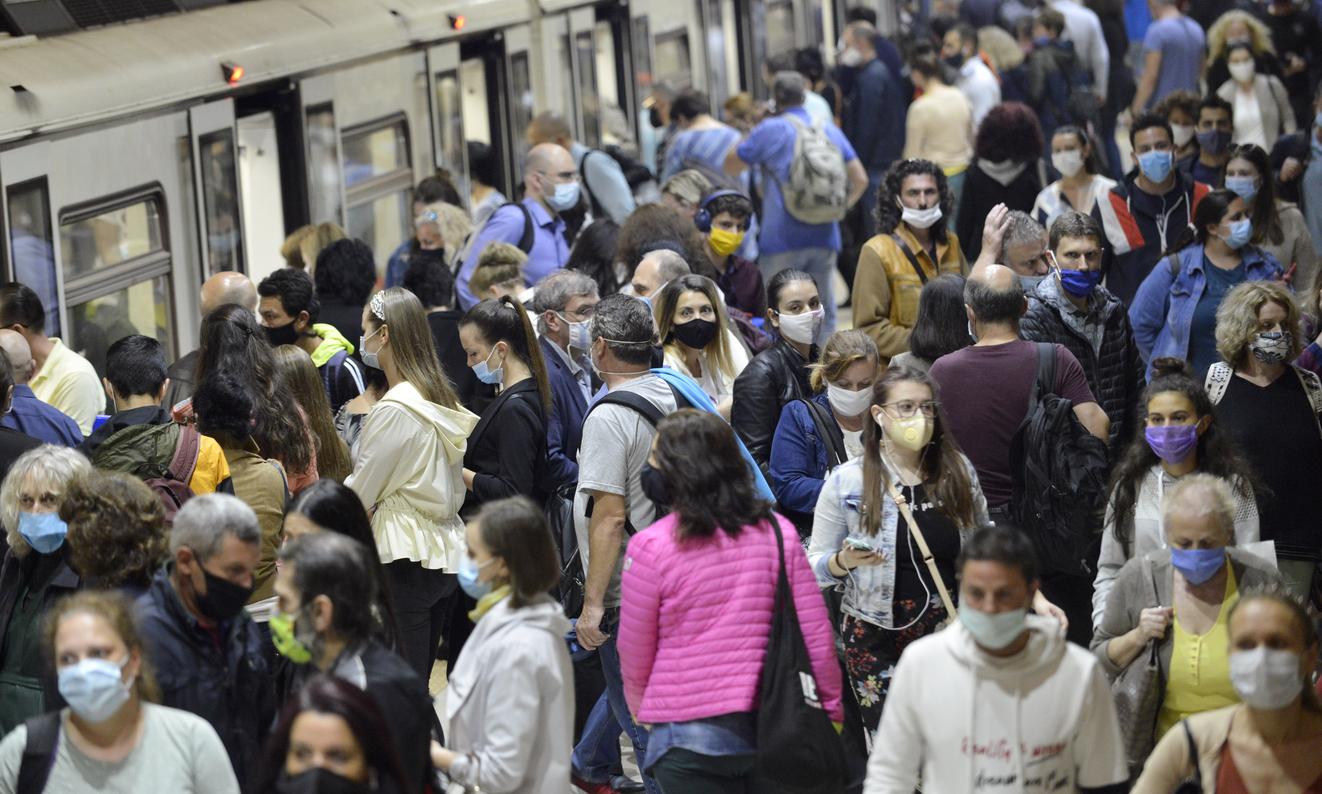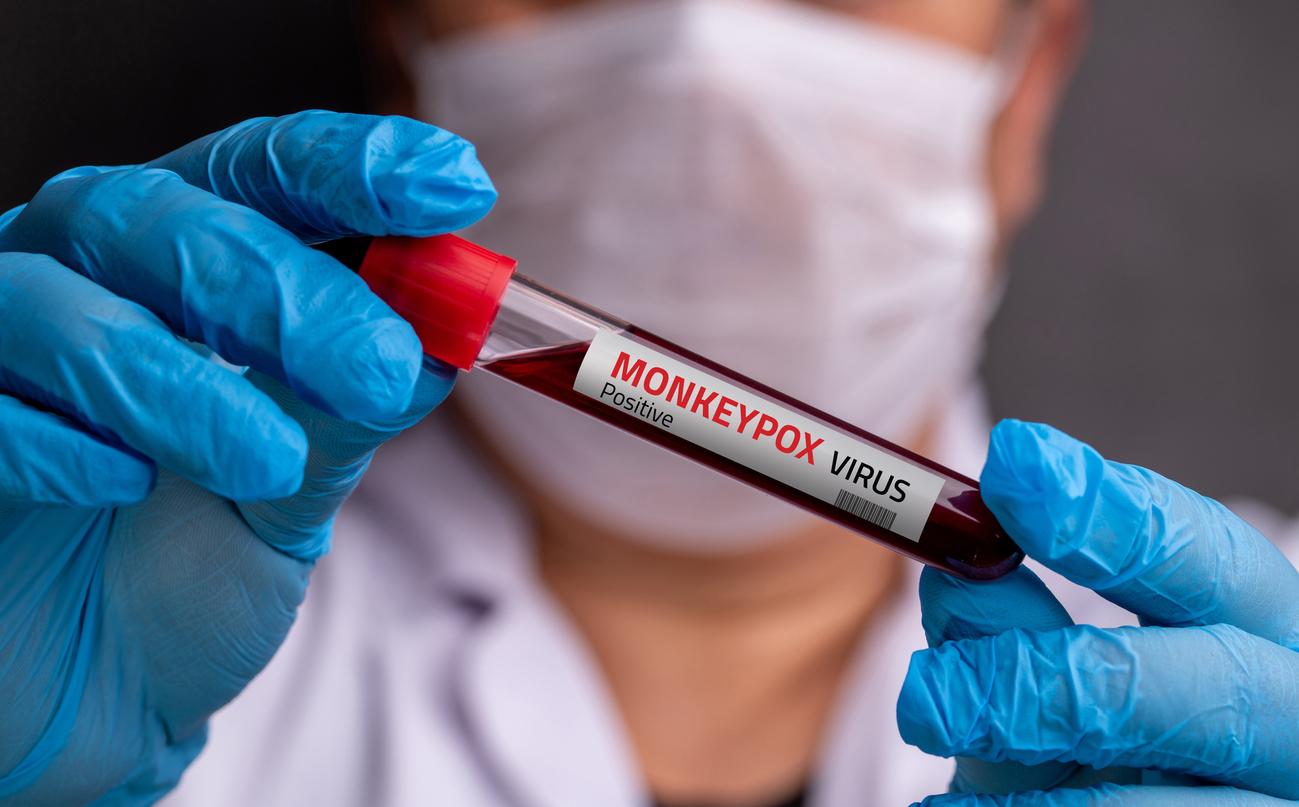Even after treatment, the Ebola virus can hide in the brain and reappear years after infection to cause fatal disease.

- Ebola virus disease is a serious, often fatal illness in humans.
- The virus is transmitted to humans from wild animals and then spreads in populations by human-to-human transmission.
- The first outbreaks of Ebola occurred in isolated villages in Central Africa, close to tropical forests, but the outbreak that raged in 2014-2016 in West Africa affected large urban centers as well as areas rural.
Acute and serious disease caused by the virus of the same name, Ebola fever could, years after infection, reappear and cause death. And this, even if the patient has undergone treatment with monoclonal antibodies.
Here’s what researchers at the US Army Medical Research Institute of Infectious Disease discovered while conducting experiments with non-human primates. According to them, some recent Ebola outbreaks in Africa have been linked to persistent infection in patients who had survived previous outbreaks. This would be the case in particular for the epidemic which raged in Guinea in 2021, and which reappeared in a survivor who was persistently infected five years earlier. The results of their findings have just been published in Science Translational Medicine.
Persistence of the virus in the ventricular system of the brain
Until now, the exact “hiding place” of the persistent Ebola virus and the recurrence of the disease in survivors remained unknown. Professor Xiankun (Kevin) Zeng and his team therefore sought to shed light on these gray areas.
“We found that approximately 20% of monkeys that survived lethal Ebola virus exposure after being treated with monoclonal antibodies still had persistent Ebola virus infection (…) even when Ebola virus had been cleared from all other organs. According to the researchers, the virus would lodge specifically in the ventricular system of the brain, in which the cerebrospinal fluid is produced, circulates and is contained.
Among the signs the scientists tracked, two who initially recovered from the disease after being treated with therapeutic antibodies saw serious clinical signs of infection reappear and succumbed to the disease. Severe inflammation and massive Ebola virus infection were present in the ventricular system of their brain. No obvious pathology or viral infection was observed in the other organs.
Two known cases of resurgence of Ebola in humans
This is not the first time that this resurgence of the Ebola virus in survivors has been observed. Last year, a British nurse experienced a recurrence in her brain and developed meningoencephalitis nine months after recovering from Ebola. She had received therapeutic antibodies during the 2013-2016 outbreak in West Africa, the largest known outbreak to date since the virus was discovered in 1976. Additionally, a vaccinated patient who had been treated with antibodies monoclonal therapeutics for Ebola virus disease six months earlier relapsed and died at the end of the 2018-2020 epidemic in the Democratic Republic of the Congo. Unfortunately, this case also led to many subsequent human-to-human transmissions.
Reinforcement of long-term patient follow-up
Over the past few years, Prof. Zeng’s team has carried out systematic studies of Ebola virus persistence using non-human primate survivors as a model. She was thus able to demonstrate that the virus can also hide and persist in specific regions of immune organs, such as the vitreous chamber of the eyes and the seminiferous tubules of the testicles.
“Persistent Ebola virus can reactivate and cause disease relapse in survivors, which could lead to a new outbreak”underlines Jun Liu, co-lead author of the study.
“Fortunately, with these vaccines and therapeutic monoclonal antibodies approved, we are in a much better position to contain outbreaks.”, adds Professor Zeng. The latter, however, wishes to strengthen the long-term follow-up of Ebola survivors, even those treated with monoclonal antibodies, in order to prevent the resurgence of the disease.
.














